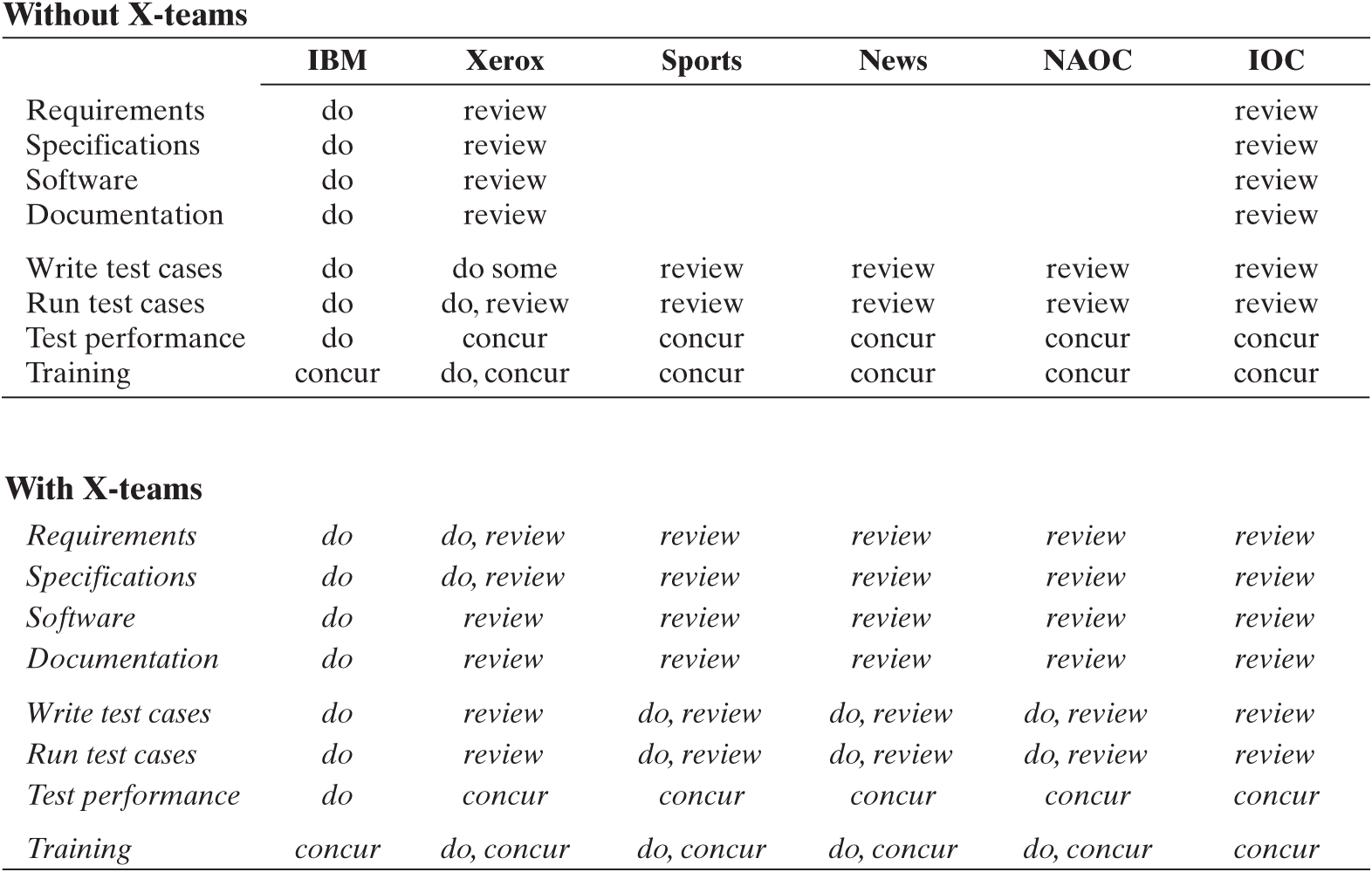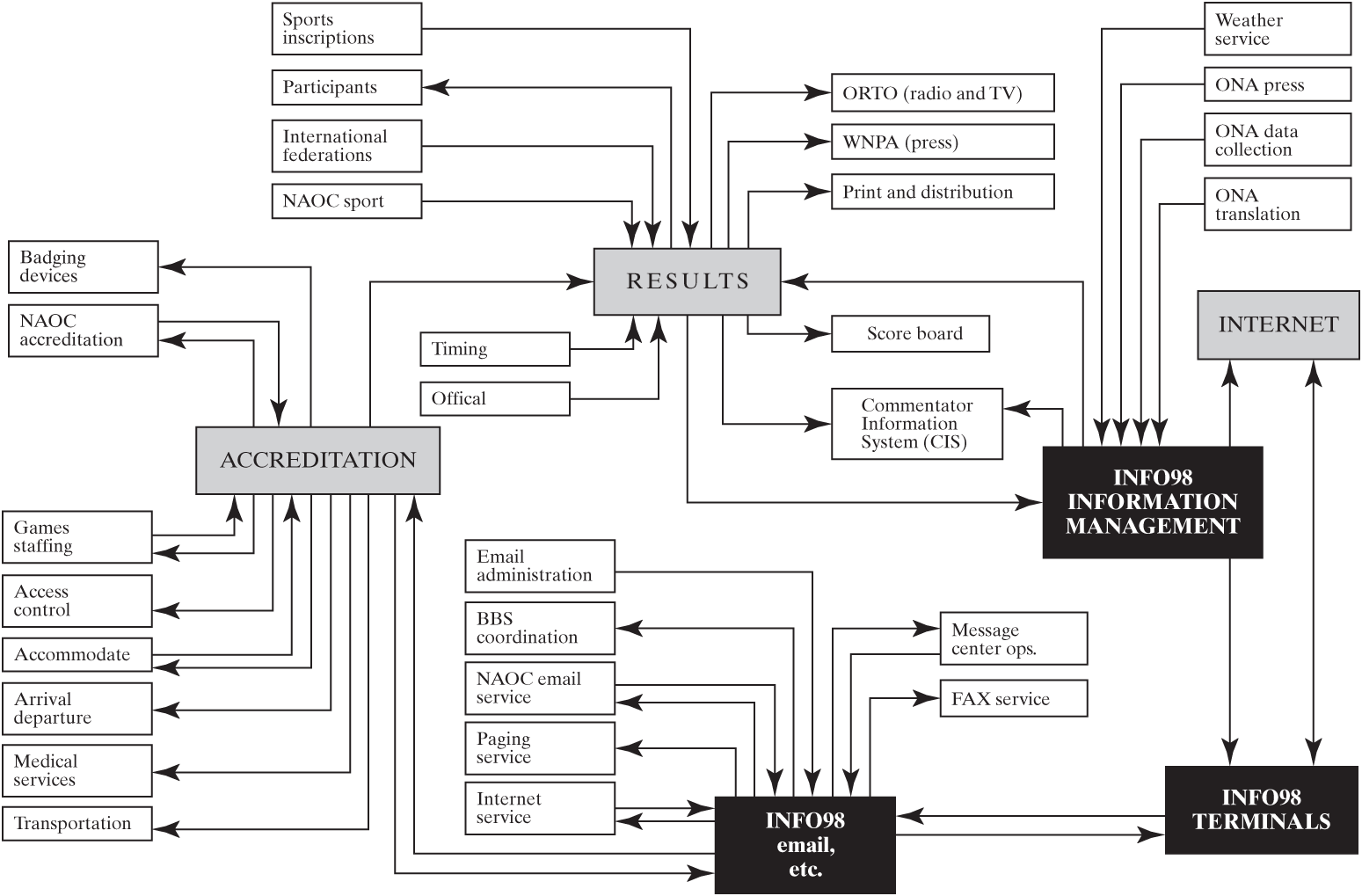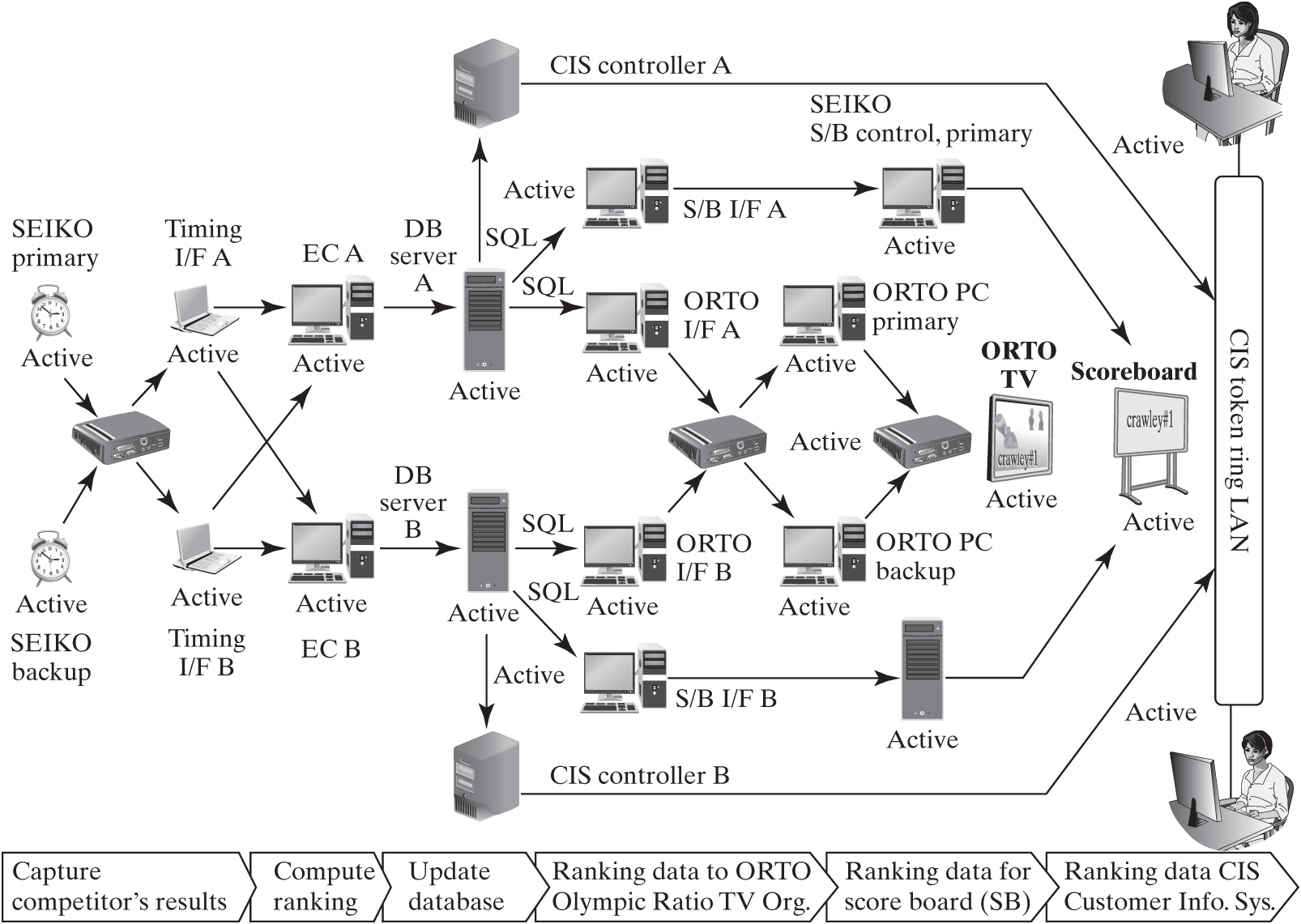11.6 Summary
Complex systems frequently face challenges managing stakeholders. There are many stakeholders, and their relative priority can be unclear, especially if they provide a non-monetary input such as regulatory approval or if they do not participate in a bilateral exchange with the firm. Additionally, complex systems with new architectures face the challenges of all new products in identifying latent needs, as well as the needs served by existing products in the market.
In this chapter, we have focused on deriving prioritized goals for the architecture, based on stakeholder needs. Several important ideas have emerged in this discussion. First is the idea of value as an exchange, where your outcomes meet their needs, and their outcomes meet your needs. Second is the idea of prioritizing stakeholders according to their importance to you. Third, represent the goals in a System Problem Statement, and pay careful attention to its creation, because small differences in the problem statement can shape the problem-solving activity.

Figure 11.19 Co-development with and without X-teams.

Figure 11.20 Data flow view of the architecture of the Nagano 1998 Olympics IT system.

Figure 11.21 Redundant reliability pattern in the Nagano IT system.
1. To paraphrase Clemenceau’s famous dictum, “IT architecture is too important to be left to technical experts.” IT is a technical expression of a business’s policy. IT architecture has to be positioned within the context of a business policy for the architecture to be meaningful to decision makers, stakeholders, and IT users (Henderson and Venkatraman 1983). As a corollary, IT is no longer just about products; it is also about services. Far from being satisfied with just “break/fix and maintenance” services, customers increasingly need knowledge-intensive services to deal effectively with the cradle-to-grave complexities of multivendor and multi-stakeholder social technical systems. These are now known as product-service systems (PSS) (Tang and Zhou 2009).
2. The architect is always accountable for the integrity of the system but is not responsible for its implementation, which must necessarily be delegated. This is particularly true for large-scale social and technical systems. The architect is accountable for the specification of the mappings, descriptions of form, and specification of intended emergent system outcomes. Responsibility for implementation must be delegated and diffuse.
